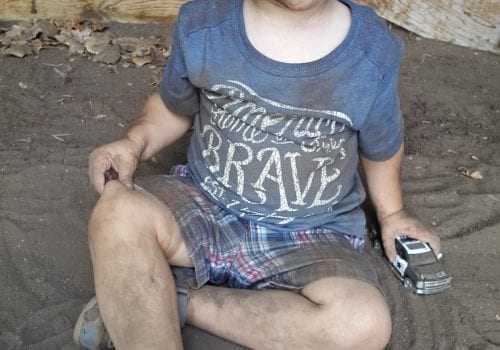
To bathe or not to bathe? It used to be common practice to bathe a baby right after delivery, but research from 2019 also suggests that delaying the first bath for a 48-hour period may be beneficial. Newborns are not “dirty” and by delaying the bath they are better able to regulate body temperate, improve skin integrity, retain moisture, and aids in skin development. It is important to not sweep baby away from parents, but instead allow time for baby to be with mom to establish a breastfeeding relationship.
Once a common nightly occurrence for newborns, recent research from 2020 suggests that “bathing an infant more than once a week nearly doubles the risk for eczema, and each additional bath increases the risk for skin-barrier dysfunction.” The study assessed infants at 3 months and 12 months for eczema, following an ISAAC protocol and checked for transdermal water loss on the left forearm. They concluded that the risk for eczema at 3 months was significantly higher in babies that bathed more than once a week. “Skin barrier dysfunction was seen in 14.6% that bathed not more than once a week, 26.4% in those bathed 2-4 times a week, 30.4% of those bathed 5-6 times, and 44% of those bathed at least daily.”
So, what is one to do? It is still well established that family history of atopic dermatitis is a strong indicator whether your child will have skin sensitivities. Family history has been shown to increase the risk for the child to develop skin sensitivities 5-6 times more than a child with no family history. Other factors that seem to increase skin sensitivity are dry climates, high sugar diets, repeat use of antibiotics, higher education, and increased sun exposure have all been associated to increase risk.
If you know you have a family history then taking early measures may help reduce the chances of issues developing later one. We knew prior to having children that they had an increase risk. If you also have an increased family history here are some things to try.
Bathe less often. In the first-year aim to bathe your child once or twice a week. Start with sponge baths and then move to the sink or bath as time goes on. Focus on cleaning the folds, hands and feet. Bacteria, dead skin, spit-up and milk can get trapped in these little parts.
Make your own wipes. We made our own diaper wipes because the ingredients of various brands we had tried irritated our oldest skin. It was easy to do, saved money, and we had less diaper rashes. Here is a video you may watch to see how to make homemade wipes!
Improve the diet. A diet full of fruits, vegetables, and healthy fats (avocado, fatty fish) are great to promote healthy hair, skin, and nails. If you don’t eat a lot of cold-water fish like salmon, then consider introducing a fish oil, omega 3, into their diet. This ensures the skin is kept supple and moist from the inside out. A high quality multi vitamin can also fill the gaps that are missed in your child’s diet. Not all supplements are created equal and it is vital choose one based on quality and not price.
Use mild products. Choose dye and fragrance-free products. These can minimize dry skin and reduce skin irritation. Coconut oil can work as a great natural moisturizer. Check out the EWG’s Skin Deep site to check the quality of your baby products.
Whether your child with 1 month or 10 years, bathing is an important part of good hygiene. Knowing how often your child needs to bath will keep their skin healthy and happy. We are here at Venture to help you move better, feel better, and be a better you!
–Melanie Dockter DC CACCP



